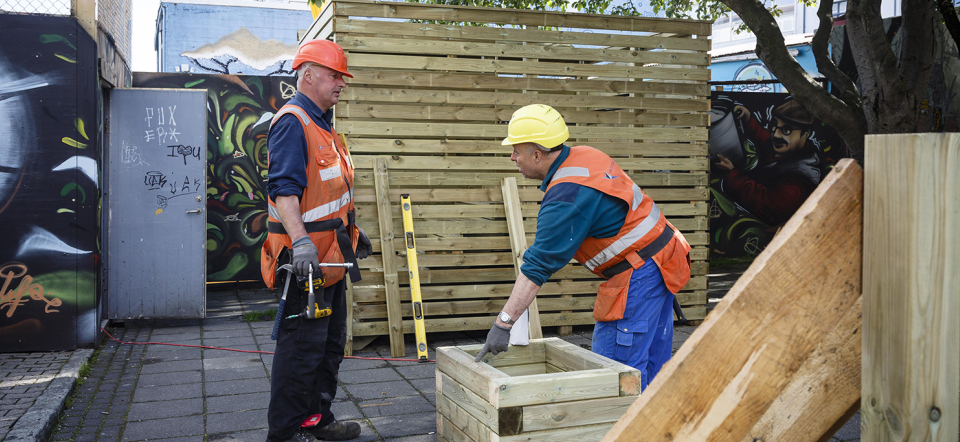That is the clear message from Ieva Reine, leader of the Baltic-Nordic research project AGESWAP. Together with colleagues from Iceland, Sweden and Lithuania, as well as researchers from Latvia, Estonia, Liechtenstein and the United States of America, she studies how ageing populations will shape work, welfare and society in the future.
The project’s findings suggest that the Baltic and Nordic regions share the same broad challenge—people are living longer, and societies need them to remain in the workforce longer too. But reality looks very different depending on which side of the Baltic Sea you are on.
Two regions, two realities
“In the Nordic countries, you can assume that people live long enough, and healthily enough, to keep working,” Reine explains, pointing to Denmark as an example of how this influences the working life. Earlier this year, the Danish Parliament adopted a bill to increase the state pension age to 70 from 2040.
In the Baltics, though, life expectancy is much lower, especially for men. Many people already face chronic illness by the age of 50. Women often outlive their husbands but struggle with financial vulnerability and loneliness. For them, raising the retirement age isn’t just unpopular—it can feel impossible.
“We see that the expected years of life after retirement are so few that people become very demotivated about investing in their working life. Many simply lack the mental strength to begin retraining in order to remain longer in the labour market.”

Work, family and obligations
The differences aren’t only about health. They are also structural and cultural.
In the Nordic countries, volunteering often means helping the community at large—supporting fellow citizens and strangers in hospitals, cultural life or sports. The state shoulders the responsibility for elder care, freeing people to choose their own activities.
In the Baltics, “voluntary” work usually means caring for family. In Lithuania and, to some extent, in Latvia, the law even obliges you to care for your elderly relatives. This makes it harder for older workers to stay in paid employment. It also leads to burnout, Reine explains: “When people are forced to do something, their mental and physical health deteriorates compared to when they choose to do it in their own time.”
According to Reine, Iceland stands in between. It has strong state support, like Sweden, but also tight-knit family networks, like the Baltics. That mix may help explain why Iceland enjoys one of the highest life expectancies in Europe, with many older people able and willing to keep working.
Motivation and appreciation
Reine also highlights motivation as a factor that plays a big role in keeping people in the labour market. Across both regions, older workers are far more likely to stay employed if their jobs feel meaningful.
“It’s about whether you feel appreciated, whether you have autonomy and support. This type of effort–reward balance is very important. Maintaining this balance is the main way to help the ageing person remain in work.
Employers must think ahead
For employers, one major challenge is to stop training for yesterday’s needs. Too many workplace courses and employment agency programmes are outdated, teaching skills that are no longer relevant.
“That’s a missed opportunity,” the researcher says. “Older employees may have ten or twenty years left to work. But they need training that’s future-oriented towards new ways of working. Employers must think a step ahead.”
Some companies are experimenting with dedicated “learning days” each year, when employees can focus entirely on developing new skills. The AGESWAP team believes this kind of forward-thinking investment will be crucial if Europe wants to keep its ageing workforce engaged and productive.
Not a dark future
Politicians sometimes describe ageing populations as a looming crisis: more care costs, fewer workers, heavier burdens. But Reine and her fellow researchers take a more optimistic view.
“We are living longer, in large part due to medical progress. The key is to keep people healthy while they are alive. Quality of life matters more than just the number of years. If the person is healthy until the end of their life, they will have the possibility to contribute to the community, to work, to be engaged in meaningful activities, and not to be a burden. So, I think the most important part of what we can do for our regions is to keep the population healthy.”
Further reading:


